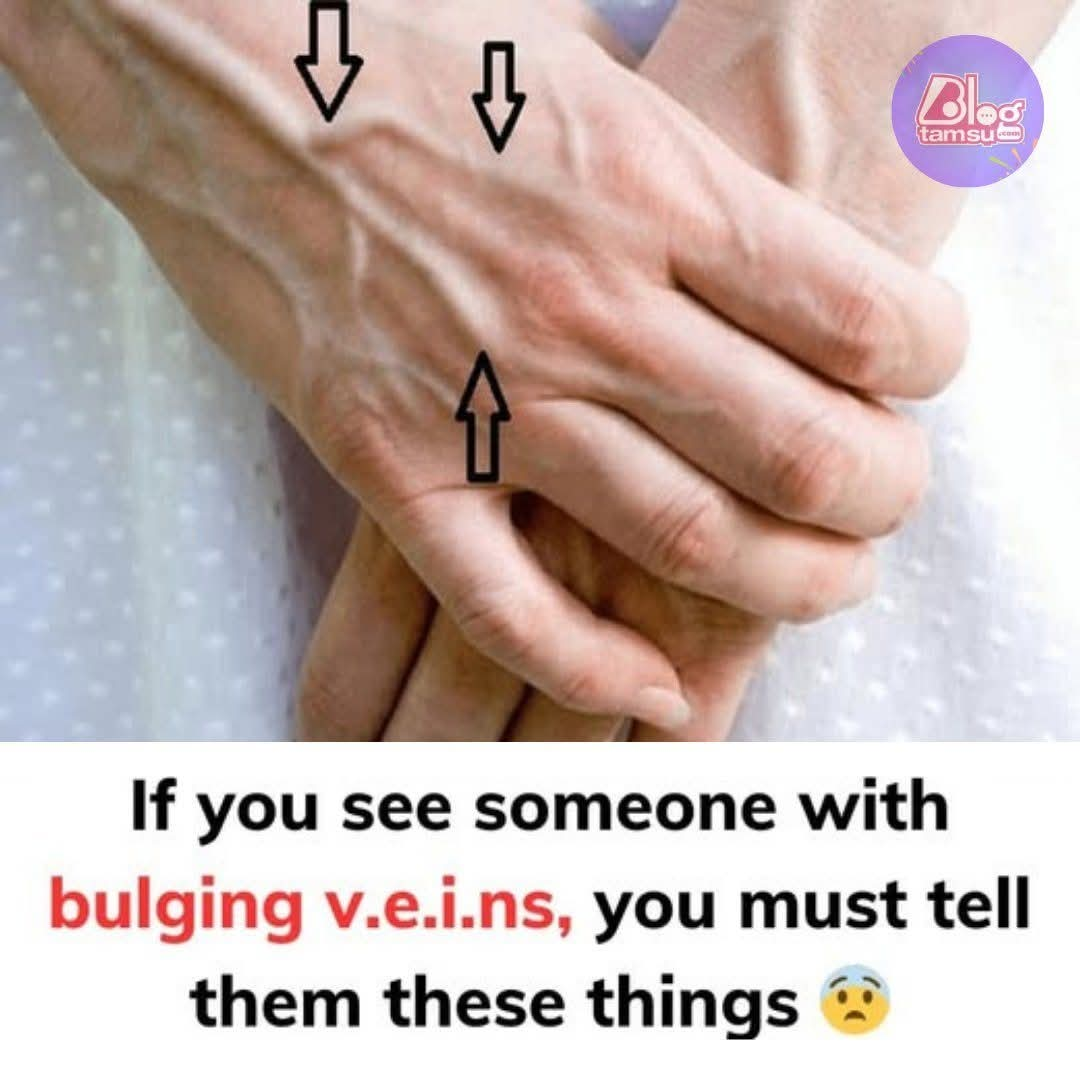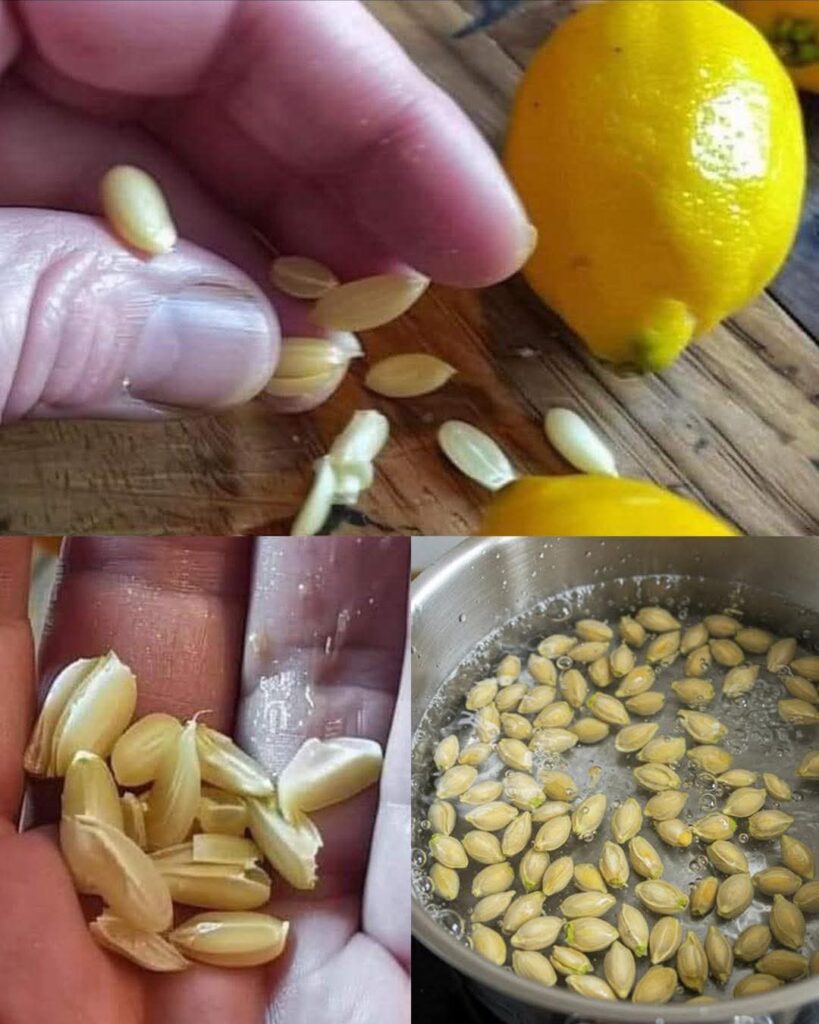If You See Someone With Bulging Veins You Must Tell Them These Things

Noticing bulging veins on someone’s hands, arms, or legs might seem harmless at first. But did you know it can sometimes be a sign of something more serious? While in many cases it’s normal, in others it could point to deeper health issues that shouldn’t be ignored. What would you do if someone close to you showed these signs?
1. Bulging Veins Can Be Normal — Especially With Age
As people age, skin becomes thinner and loses elasticity, making veins more visible. In this case, bulging veins are usually harmless and part of the normal aging process.
“Is it just aging or something more worrying?”
If the person feels no pain, swelling, or discomfort, the veins may just be more noticeable with age.
2. It Could Signal Varicose Veins
Varicose veins occur when veins become enlarged, twisted, and overfilled with blood. They often appear blue or dark purple and can be painful.
“Could those veins lead to something dangerous?”
If someone mentions heaviness, aching, or itching around those veins, it’s important to suggest they see a doctor for evaluation.
3. Bulging Veins Can Mean Circulation Problems
Sometimes, bulging veins hint at poor circulation, which can be related to heart problems, deep vein thrombosis (DVT), or other vascular conditions.
“Is my heart trying to send me a message?”
Encourage them to monitor for other symptoms like swelling, warmth, or pain in the legs, and seek medical advice if these occur.
4. Exercise and Fitness Levels Can Play a Role
Athletes and people who work out often have very prominent veins because of lower body fat and increased blood flow from exercise.
“Are my veins popping because I’m healthy?”
In this case, bulging veins are a sign of good circulation and fitness, not a health problem.
5. Obesity and Sedentary Lifestyle Can Worsen Bulging Veins
Carrying extra weight or sitting for long periods can put extra pressure on veins, making them bulge over time.
“Could sitting too much be hurting my veins?”
Encouraging regular movement, weight management, and simple leg exercises can help reduce vein problems.
Frequently Asked Questions (FAQs)
1. When should bulging veins be checked by a doctor?
If veins are accompanied by pain, swelling, redness, or warmth, medical attention is needed immediately.
2. Can bulging veins disappear on their own?
If caused by temporary factors like exercise or heat, they might return to normal. Chronic cases like varicose veins often require treatment.
3. What treatments are available for problematic veins?
Options include lifestyle changes, compression stockings, laser treatments, or minor surgical procedures, depending on severity.
4. Are bulging veins dangerous?
Most of the time they are harmless, but in some cases, they can indicate deeper health problems that require prompt medical care.
In Conclusion
Bulging veins can tell a bigger story about someone’s overall health. While sometimes they’re perfectly normal, other times they may be a red flag. Paying attention, asking the right questions, and encouraging a medical check-up when needed could make a big difference in someone’s life. Always take these small body signs seriously — it’s better to be cautious than regretful later!






